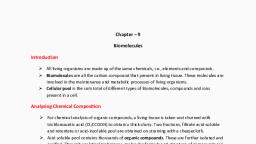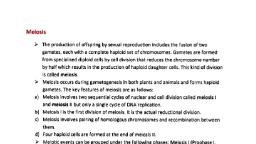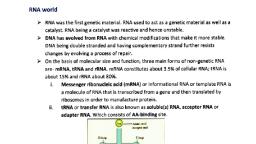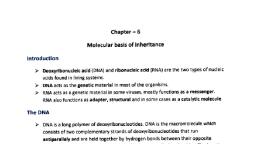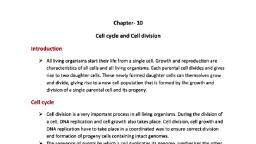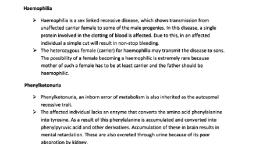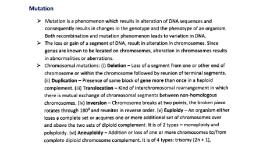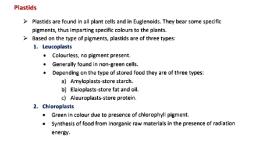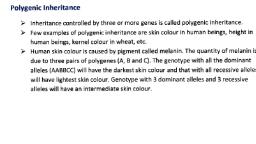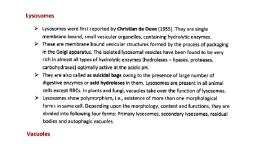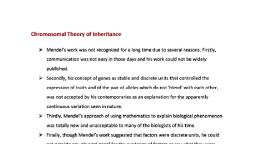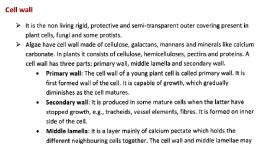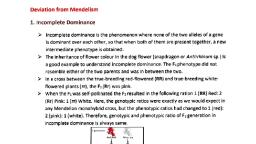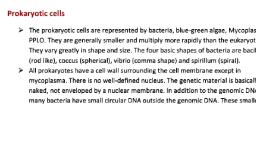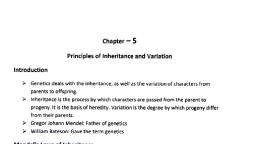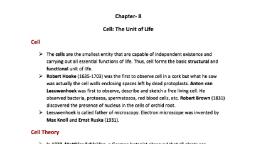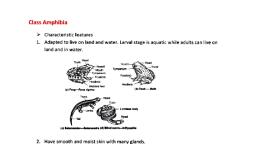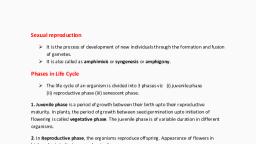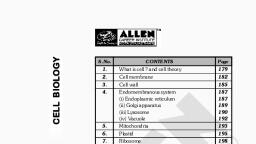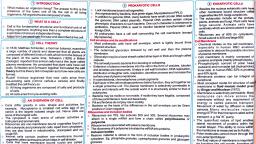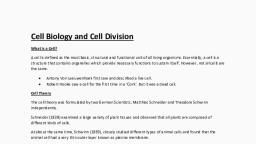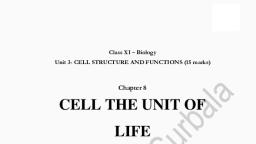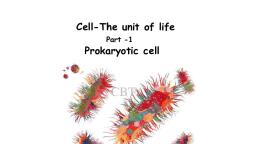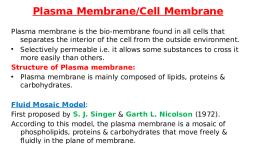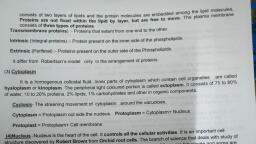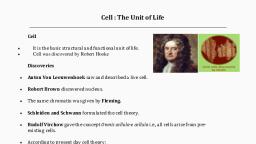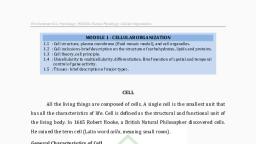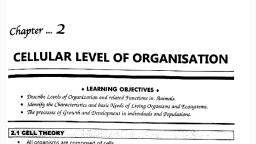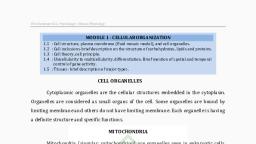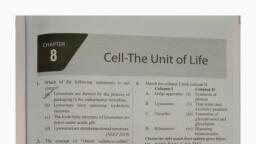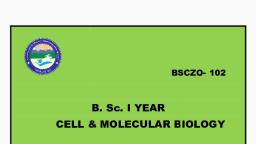Page 1 :
Cell Membrane, Cell membrane is mainly composed of lipids (phospholipids) and proteins. In addition, to phospholipids membrane also contains cholesterol., , Lipids are arranged parallel within the membrane with the polar head towards the, outer side and hydrophobic tail towards the inner part., , Chemically plasma membrane consists of lipids (20-79%), proteins (20-70%),, carbohydrates (1-5%) and water (20%)., , Membrane proteins can be classified as integral or peripheral. Peripheral proteins lie, on the surface of membrane while the integral proteins are partially or totally, burried in the membrane., , Many types of models are given to explain the structure of cell membrane., Danielli and Davson Model: They proposed first lamellar model in 1935 in which, they proposed that cell membrane contains four layers (two of phospholipids and, two of proteins)., , Robertson Model: Robertson (1959) modified the model of Danielli and Davson. A, lipid bilayer being sandwiched between 2 layers of protein on either side of it., A n improved model of the structure of cell membrane was fiuid mosaic model, , proposed by Singer and Nicolson (1972). This model is described as "protein, icebergs in a sea of lipids"., , Cholrsterd, , According to fluid mosaic model, plasma membrane is composed of phospholipids,, extrinsic or, , peripheral proteins and intrinsic or integral proteins., , T h e quasi-fluid nature of lipid enables lateral movement of proteins within the, , overall, , blayer. This ability to, , fluidity, , move within the membrane is measured as its, The fluid nature of the membrane is important for functions like cell growth,, formation of intercellular junctions, secretion, endocytosis, cell division, etc., , Oneof the most important functions of the plasma membrane is the transport of the, molecules across it. The membrane is selectively permeable to some molecules, present on either side of it. Many molecules can move briefly across the membrane, , without any requirement of energy and this is called passive transport., Neutral solutes may move across the membrane by the process of simple diffusion, along the concentration gradient, i.e., from higher concentration to the lower.

